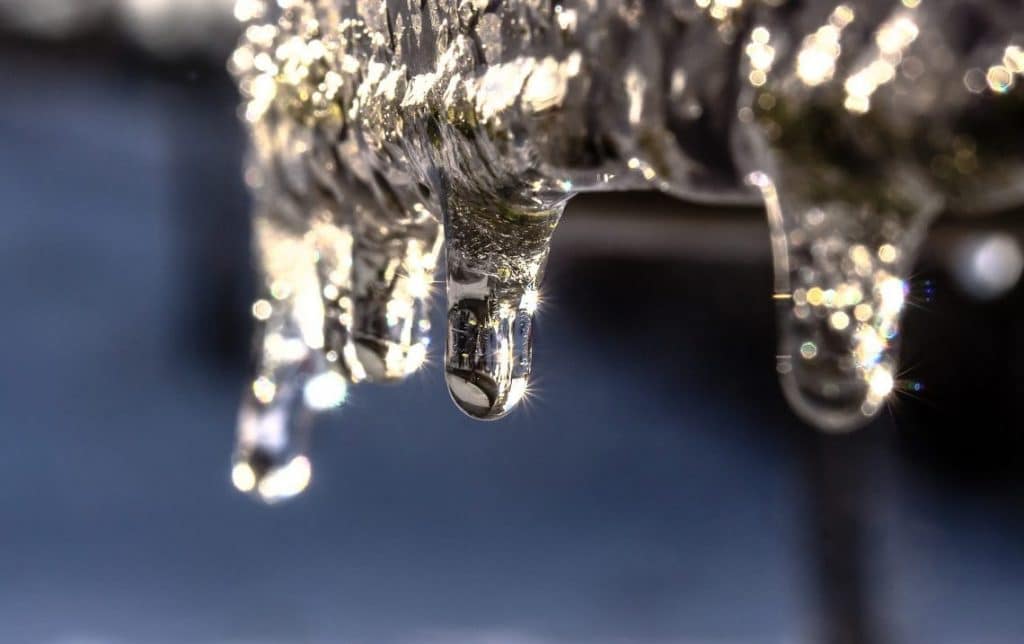Essential Advice for Avoiding Frozen Plumbing in Cold Weather Seasons
Essential Advice for Avoiding Frozen Plumbing in Cold Weather Seasons
Blog Article
Do you find yourself looking for resources about Prevent Frozen Pipes ?

Winter can wreak havoc on your pipes, particularly by freezing pipelines. Right here's how to stop it from happening and what to do if it does.
Intro
As temperatures decline, the risk of icy pipelines boosts, possibly resulting in pricey repairs and water damages. Understanding exactly how to stop frozen pipes is vital for homeowners in chilly environments.
Avoidance Tips
Insulating susceptible pipes
Cover pipes in insulation sleeves or utilize warm tape to shield them from freezing temperature levels. Concentrate on pipes in unheated or exterior areas of the home.
Heating methods
Keep interior areas properly heated up, particularly areas with plumbing. Open cabinet doors to allow warm air to flow around pipelines under sinks.
Exactly how to identify frozen pipelines
Try to find reduced water flow from faucets, uncommon smells or noises from pipes, and noticeable frost on revealed pipes.
Long-Term Solutions
Structural changes
Take into consideration rerouting pipelines far from outside walls or unheated locations. Add extra insulation to attics, cellars, and crawl spaces.
Updating insulation
Buy top notch insulation for pipelines, attics, and wall surfaces. Proper insulation helps preserve consistent temperature levels and reduces the danger of icy pipelines.
Protecting Outdoor Pipes
Yard hose pipes and outside taps
Separate and drain pipes garden hoses prior to wintertime. Install frost-proof faucets or cover outside faucets with shielded caps.
Comprehending Icy Pipes
What triggers pipes to freeze?
Pipelines ice up when revealed to temperature levels below 32 ° F (0 ° C) for expanded periods. As water inside the pipes ices up, it increases, taxing the pipeline wall surfaces and possibly triggering them to rupture.
Risks and problems
Icy pipes can cause supply of water disturbances, building damage, and pricey repairs. Burst pipelines can flood homes and trigger considerable structural damage.
Indications of Frozen Piping
Identifying frozen pipes early can prevent them from bursting.
What to Do If Your Pipes Freeze
Immediate actions to take
If you presume frozen pipes, maintain taps available to alleviate stress as the ice thaws. Make use of a hairdryer or towels soaked in hot water to thaw pipelines slowly.
Final thought
Avoiding icy pipes calls for proactive procedures and quick actions. By understanding the reasons, indications, and safety nets, homeowners can secure their pipes during cold weather.
Helpful Tips to Prevent Frozen Pipes this Winter
UNDERSTANDING THE BASICS: WHY PIPES FREEZE AND WHY IT’S A PROBLEM
Water freezing inside pipes is common during the winter months, but understanding why pipes freeze, and the potential problems it can cause is crucial in preventing such incidents. This section will delve into the basics of why pipes freeze and the associated problems that may arise.
THE SCIENCE BEHIND FROZEN PIPES
When water reaches freezing temperatures, it undergoes a physical transformation and solidifies into ice. This expansion of water as it freezes is the primary reason pipes can burst. As the water inside the pipe freezes, it expands, creating immense pressure on the walls. If the pressure becomes too great, the pipe can crack or rupture, leading to leaks and water damage.
FACTORS THAT CONTRIBUTE TO PIPE FREEZING
Low Temperatures: Extremely cold weather, especially below freezing, increases the risk of pipes freezing. Uninsulated or Poorly Insulated Pipes: Pipes located in unheated areas, such as basements, crawl spaces, or attics, are more prone to freezing. Insufficient insulation or lack of insulation altogether exacerbates the problem. Exterior Wall Exposure: Pipes running along exterior walls are susceptible to freezing as they encounter colder temperatures outside. Lack of Heating or Temperature Regulation: Inadequate heating or inconsistent temperature control in your home can contribute to frozen pipes. PROBLEMS CAUSED BY FROZEN PIPES
- Pipe Bursting: As mentioned earlier, the expansion of water as it freezes can cause pipes to burst, resulting in significant water damage.
- Water Damage: When pipes burst, it can lead to flooding and water damage to your property, including walls, ceilings, flooring, and personal belongings.
- Structural Damage: Prolonged exposure to water from burst pipes can compromise the structural integrity of your home, leading to costly repairs.
- Mold and Mildew Growth: Excess moisture from water damage can create a favorable environment for mold and mildew growth, posing health risks to occupants.
- Disrupted Water Supply: Frozen pipes can also result in a complete or partial loss of water supply until the issue is resolved.
WHY CERTAIN PIPES ARE MORE PRONE TO FREEZING
- Location: Pipes located in unheated or poorly insulated areas, such as basements, crawl spaces, attics, or exterior walls, are at higher risk of freezing.
- Exterior Pipes: Outdoor pipes, such as those used for irrigation or exposed plumbing, are particularly vulnerable to freezing as they are directly exposed to the elements.
- Supply Lines: Pipes that carry water from the main water supply into your home, including the main water line, are critical to protect as freezing in these lines can affect your entire plumbing system.
- Underground Pipes: Pipes buried underground, such as those connected to sprinkler systems or outdoor faucets, can be susceptible to freezing if not properly insulated.
https://busybusy.com/blog/helpful-tips-to-prevent-frozen-pipes-this-winter/

Do you enjoy reading up on How To Avoid Freezing Pipes? Post a remark down the page. We would be glad to see your views about this blog entry. We are looking forward that you come back again before long. Sharing is nice. You won't know, you might be doing someone a favor. Thank-you for going through it.
Free Estimates Report this page